Define the term 'performance class 1' ? [ Exam pilot ]
Question 102-1 : Performance class 1 operations are those with performance such that in the event of failure of the critical power unit the helicopter is able to land within the rejected take off distance available or safely continue the flight to an appropriate landing area depending on when the failure occurs performance class 1 operations are those operations such that in the event of critical power unit failure performance is available to enable the helicopter to safely continue the flight except when the failure occurs early during the take off manoeuvre or late in the landing manoeuvre in which cases a forced landing may be required performance class 1 operations are those operations such that in the event of a power unit failure at any time during the flight a forced landing may be required in a multi engine helicopter but will be required in a single engine helicopter performance class 1 helicopters means multi engine helicopters based on a critical engine failure concept which assures performance capability for continued safe flight in the event of an engine failure
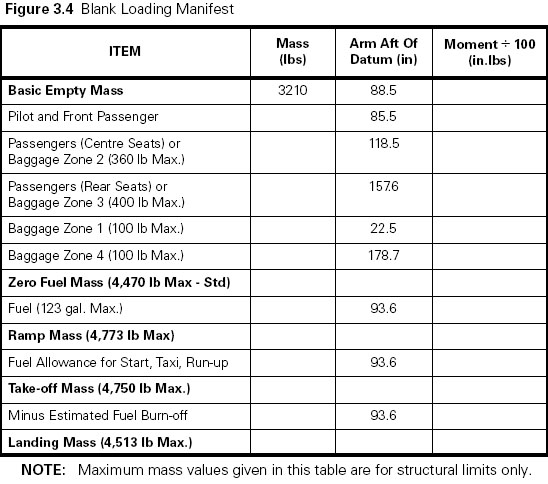 Performance class 1 operations are those with performance such that, in the event of failure of the critical power unit, the helicopter is able to land within the rejected take-off distance available or safely continue the flight to an appropriate landing area, depending on when the failure occurs.
Performance class 1 operations are those with performance such that, in the event of failure of the critical power unit, the helicopter is able to land within the rejected take-off distance available or safely continue the flight to an appropriate landing area, depending on when the failure occurs. A helicopter of performance class 1 must achieve on take off a rate of climb of ?
Question 102-2 : 100 ft/min at 200 ft 150 ft/min at 60 m 1000 ft/min at 1000 ft 100 ft/min at 300 m
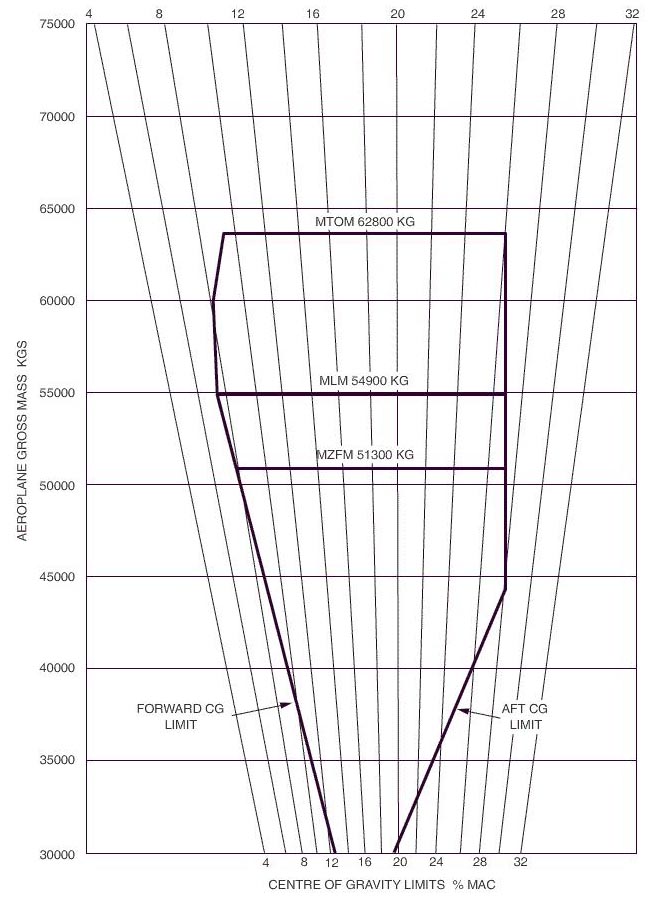 100 ft/min at 200 ft.
100 ft/min at 200 ft. As a cause of accidents the human factor ?
Question 102-3 : Is cited in approximately 70 80 % of aviation accidents has increased considerably since 1980 the percentage of accident in which this factor has been involved has more than tripled since this date which is cited in current statistics applies to the flight crew and atc only plays a negligible role in commercial aviation accidents it is much more important in general aviation
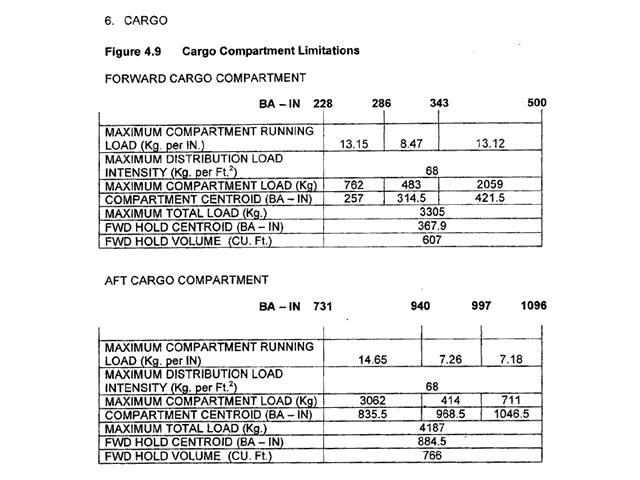 Is cited in approximately 70 - 80 % of aviation accidents.
Is cited in approximately 70 - 80 % of aviation accidents. Analysis of accidents involving the human factor in aviation shows that ?
Question 102-4 : There is hardly ever a single cause responsible only front line operators are involved failure of the human factor is always connected with technical breakdowns only pilot training will make it possible to improve the situation
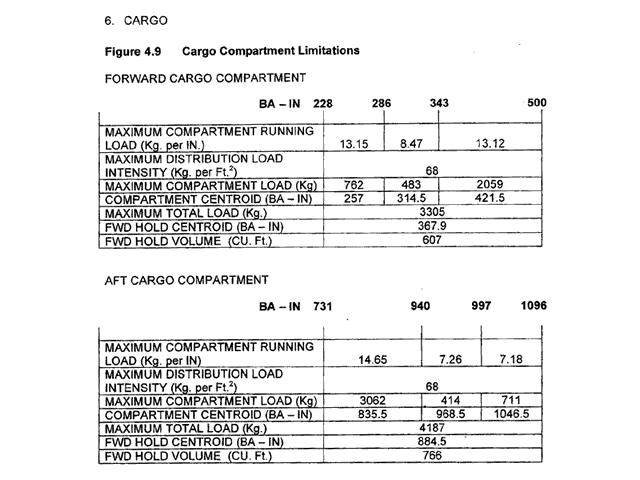 There is hardly ever a single cause responsible.
There is hardly ever a single cause responsible. To avoid wrong decisions by the pilot an aircraft system should at least be ?
Question 102-5 : Report its malfunction report the deviation correct the deviation tolerate the deviation
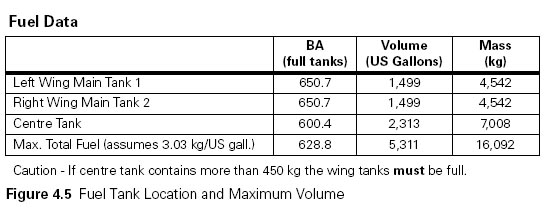 Report its malfunction.
Report its malfunction. When can a system be said to be tolerant to error when ?
Question 102-6 : The consequences of an error will not seriously jeopardise safety its safety system is too permeable to error its safety system has taken account of all statistically probable errors latent errors do not entail serious consequences for safety
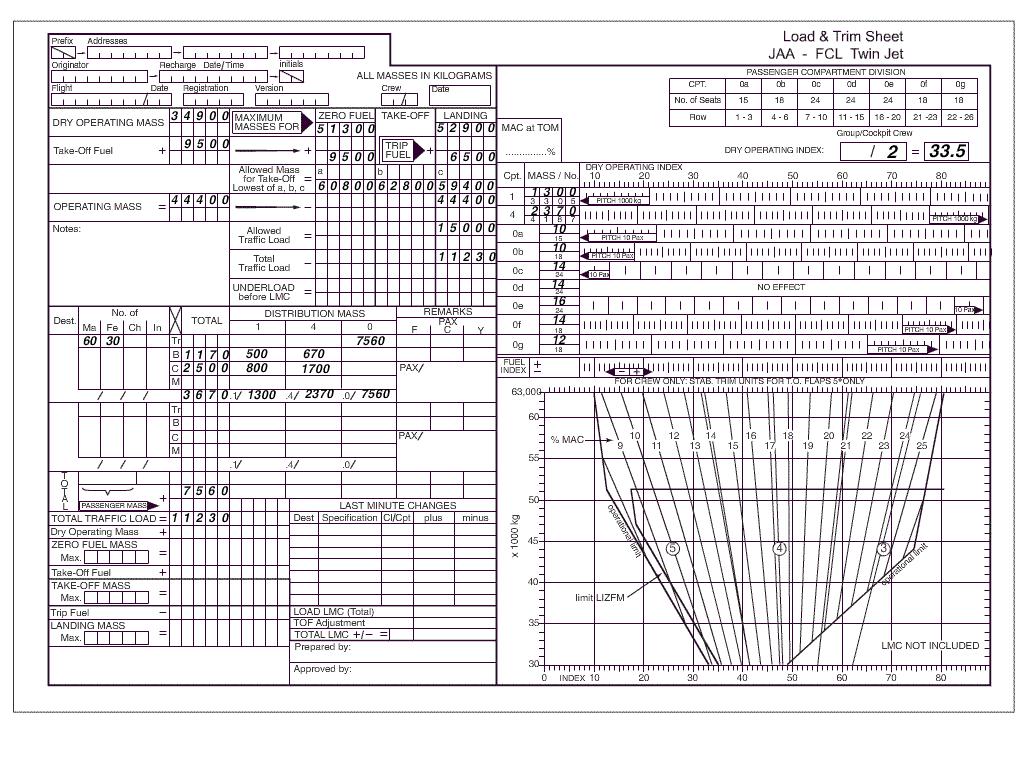 The consequences of an error will not seriously jeopardise safety.
The consequences of an error will not seriously jeopardise safety. Why must flight safety considerations consider the human error mechanism .1 it ?
Question 102-7 : 2 and 3 1 and 4 2 and 4 3 and 4
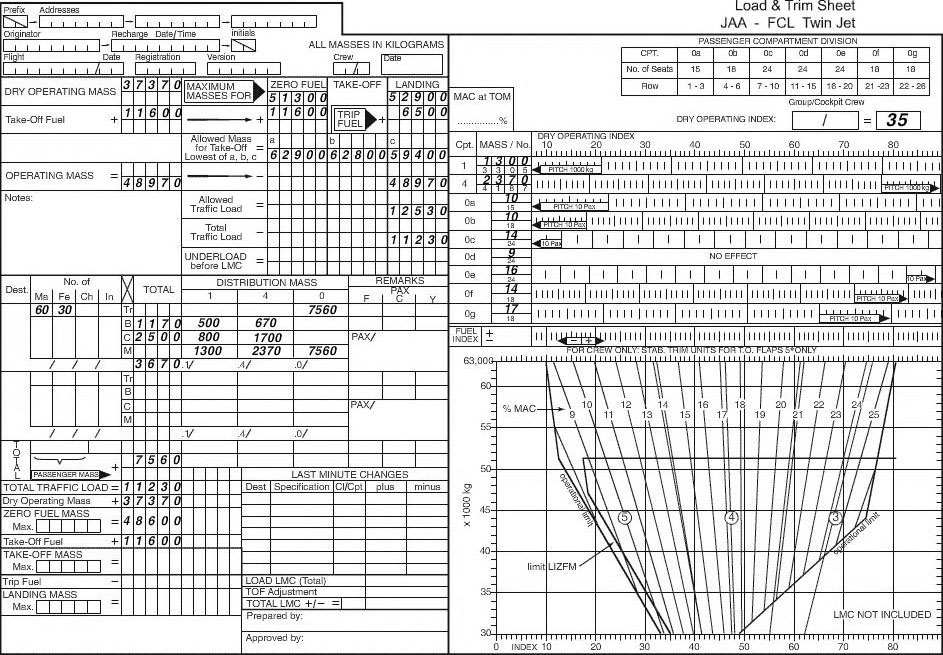 2 and 3.
2 and 3. The trend in aeroplane hull loss rate over the last three decades seems to be ?
Question 102-8 : The crew the manufacturer the number of engines the year of manufacture
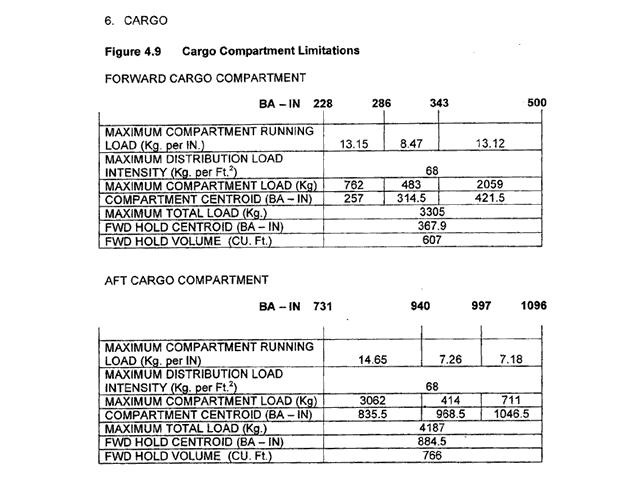 The crew.
The crew. One negative aspect of the highly automated cockpit results in ?
Question 102-9 : Complacency among the crewmembers pilots disregarding the automatic equipment constantly high crew overload with regard to the monitoring tasks less experienced crews because of more transparent system details
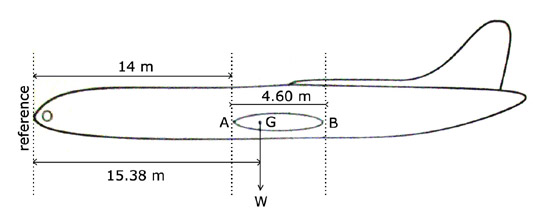 Complacency among the crewmembers.
Complacency among the crewmembers. Between which components with reference to the shell concept covers pilot ?
Question 102-10 : Liveware hardware liveware software liveware environment liveware liveware
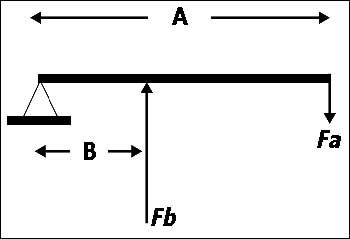 Liveware - hardware.
Liveware - hardware. The errors resulting from an illogical indexing system in an operations manual ?
Question 102-11 : Liveware software liveware hardware liveware environment liveware liveware
Organisational factors which affect or may have some influence on human error ?
Question 102-12 : 2 and 3 1 and 4 1 and 2 3 and 4
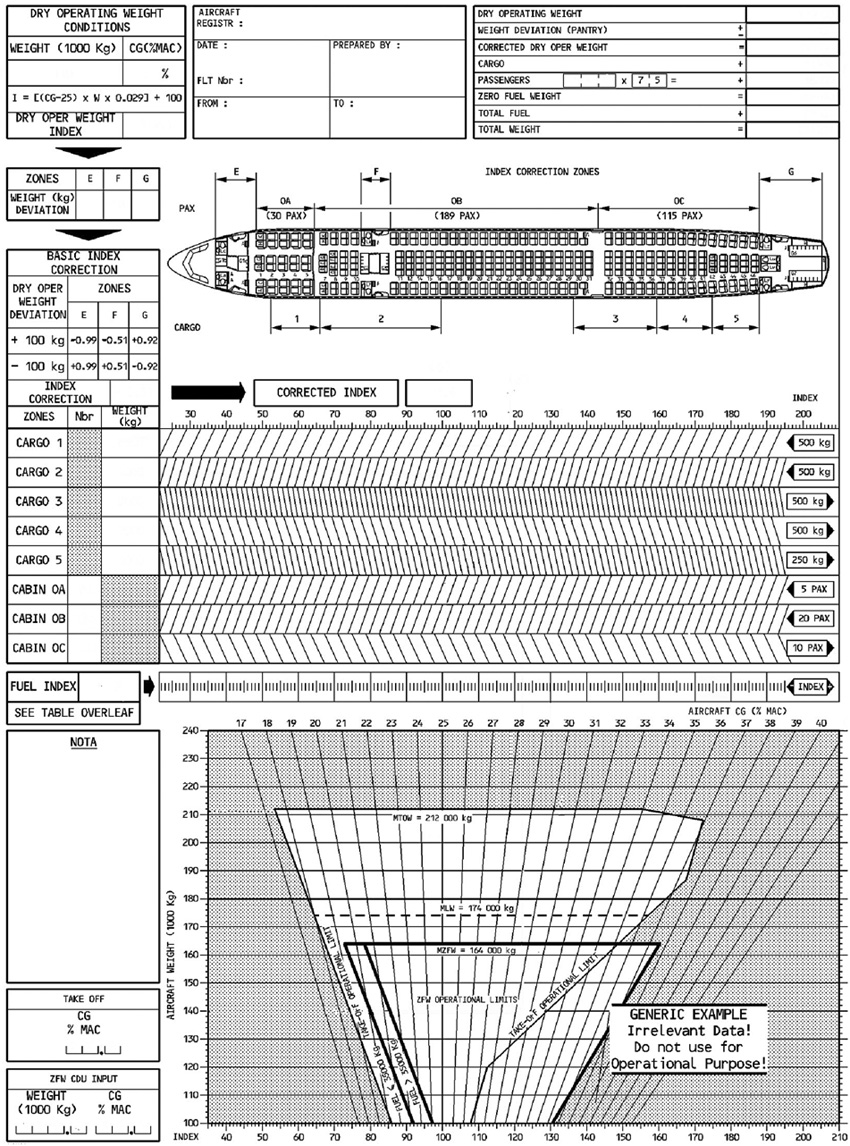 2 and 3.
2 and 3. The causes of human error can be abundant and complex which of the following ?
Question 102-13 : 1 2 3 and 4 1 2 and 3 2 and 3 2 3 and 4
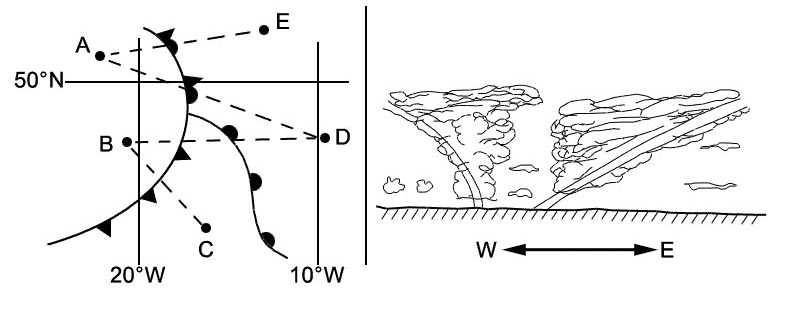 1, 2, 3 and 4.
1, 2, 3 and 4. The errors of a motor programme are ?
Question 102-14 : Action slip and environmental capture habituation habituation and error of commission action slip and confirmation bias confirmation error and error of commission
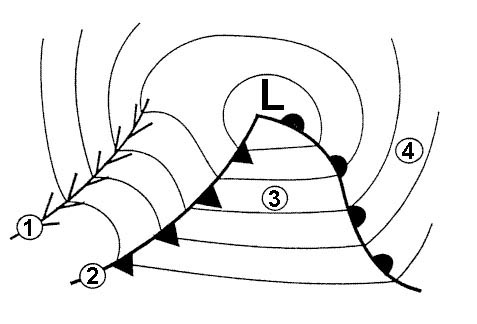 Action slip and environmental capture (habituation).
Action slip and environmental capture (habituation). With reference to the shell model s represents ?
Question 102-15 : Software which includes check lists security which includes safety self awareness which includes safety symbology which includes safety
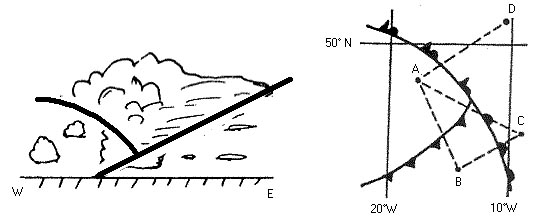 Software (which includes check lists).
Software (which includes check lists). Who in the aviation industry is responsible for flight safety ?
Question 102-16 : Everyone involved aircrew aircrew and groundcrew management aircrew groundcrew and atc
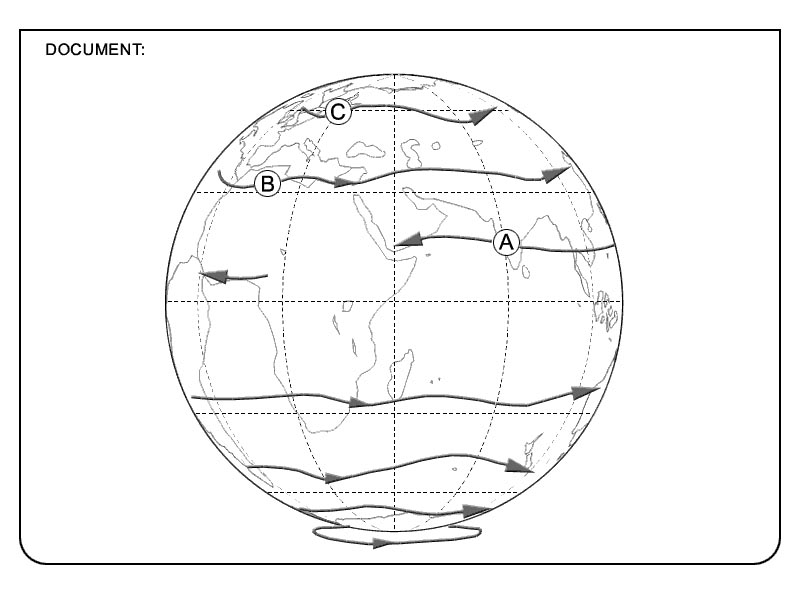 Everyone involved.
Everyone involved. Ergonomics are associated with ?
Question 102-17 : The human/workplace interface cognition communications information processing
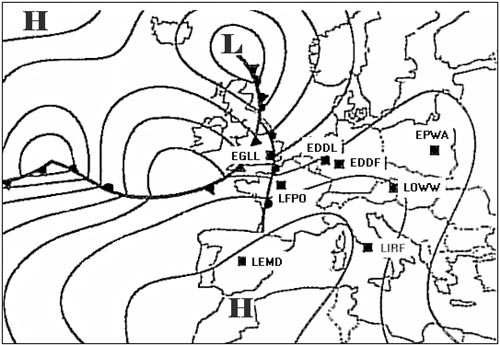 The human/workplace interface.
The human/workplace interface. Which of the following human error rates can be described and pretty good ?
Question 102-18 : 1 in 1000 times 1 in 100 times 1 in 10000 times 1 in 100000 times
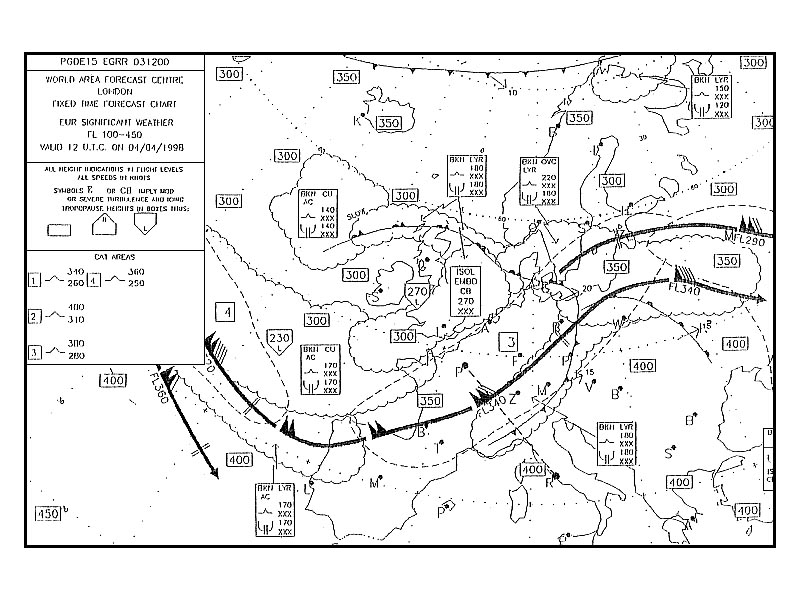 1 in 1000 times.
1 in 1000 times. Which of the following concepts relating to human reliability is true ?
Question 102-19 : If equipment is designed in such a way that it can be operated wrongly then sooner or later it will be response to a particular stressful influence does not vary from one person to another expectation has no influence on perception performance is totally independent of motivation
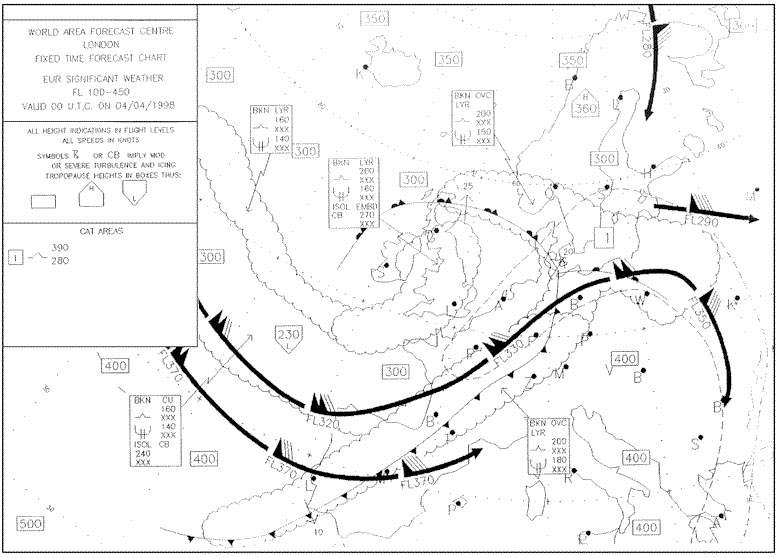 If equipment is designed in such a way that it can be operated wrongly, then sooner or later, it will be.
If equipment is designed in such a way that it can be operated wrongly, then sooner or later, it will be. What is the current approach to human error ?
Question 102-20 : Realisation that humans are fallible and that systems and procedures should be designed to minimise human error realisation that humans are infallible and that systems and procedures should be brought into line to prevent system/procedural errors realisation that humans are infallible and that systems/procedures should be designed to minimise human error realisation that humans are fallible and that systems and procedures should be brought into line to prevent system latent and procedural errors
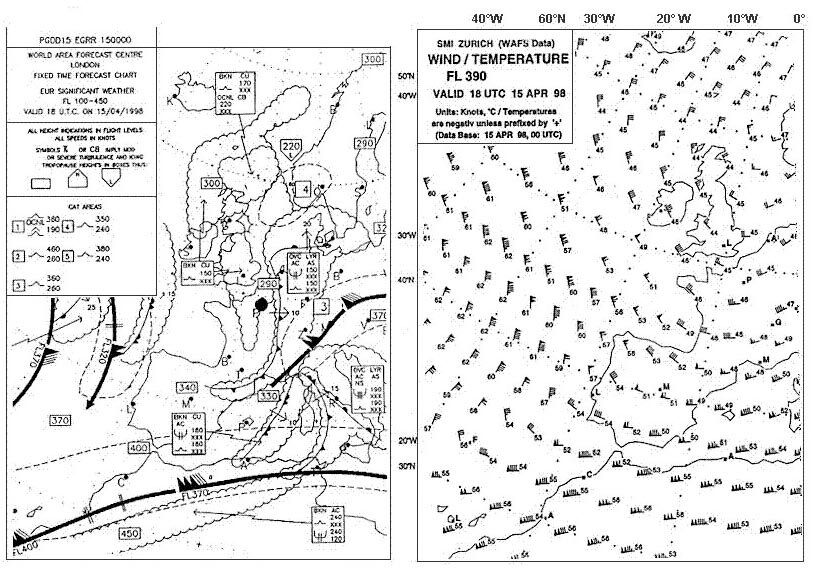 Realisation that humans are fallible and that systems and procedures should be designed to minimise human error.
Realisation that humans are fallible and that systems and procedures should be designed to minimise human error. Human error rates during the performance of a simple and repetitive task can ?
Question 102-21 : 1 in 100 1 in 500 1 in 1000 1 in 2000
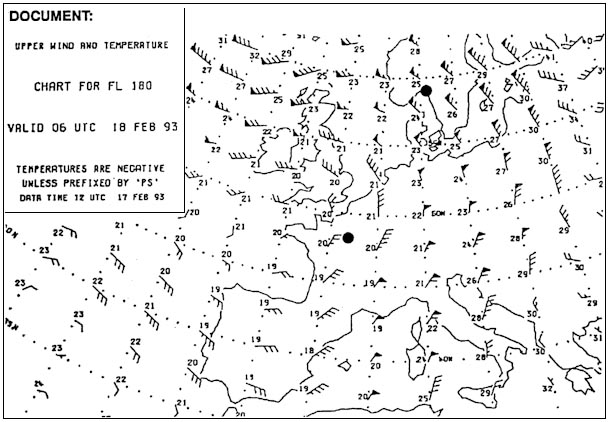 1 in 100.
1 in 100. If one error is allowed to effect a whole system the system is described as ?
Question 102-22 : Vulnerable error prone error tolerant corrupted
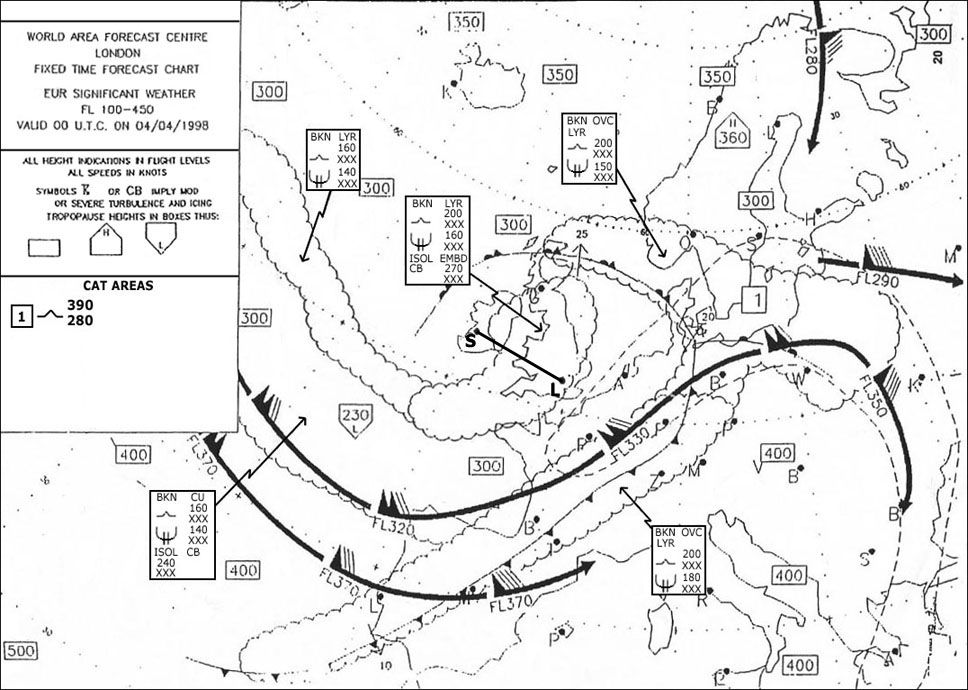 Vulnerable.
Vulnerable. In 1972 a psychologist named edwards presented a concept of the interface ?
Question 102-23 : The shell concept software hardware environment and liveware the shell concept software hardware economy and liveware the shell concept software harmony environment and location the shell concept software hardware environment and location
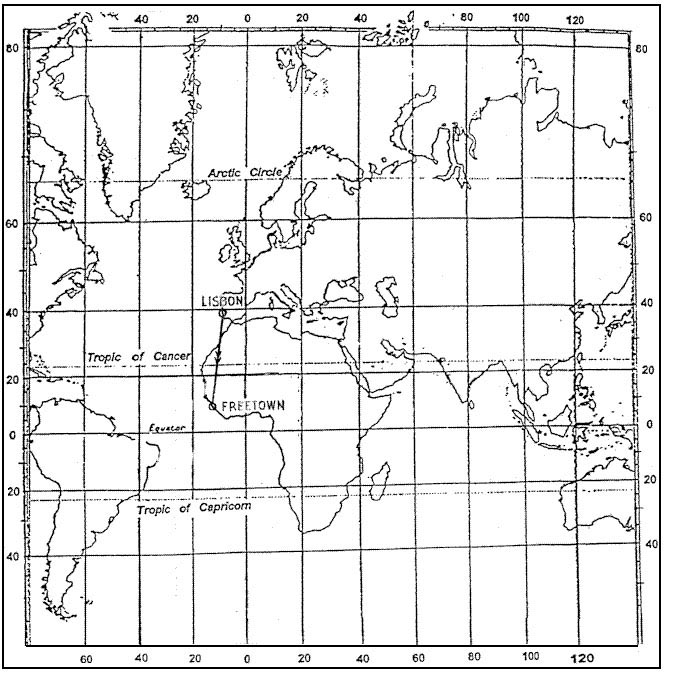 The shell concept. software, hardware, environment, and liveware.
The shell concept. software, hardware, environment, and liveware. What are the main advantages of the human over the machine ?
Question 102-24 : Creativity innovation and aptitude to deal with novel situations ability to recognize system failures and rectify them quicker than a machine ability to recognize limits on systems being exceeded quicker than a machine and resolve the situation logic and the use of human senses
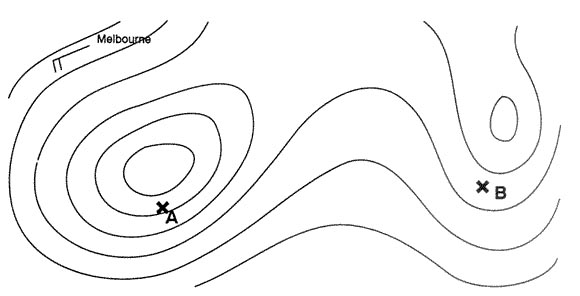 Creativity, innovation, and aptitude to deal with novel situations.
Creativity, innovation, and aptitude to deal with novel situations. What role should automation play with respect to flight safety ?
Question 102-25 : Automation should be used as an aid to the pilot and not as an end in itself automation should be used as much as possible to replace the pilot who will inevitably make mistakes automation should be used where pilots have to make decisions and manual flying should be compulsory in good weather conditions automation should only be used on flights when weather conditions are poor to enhance flight safety
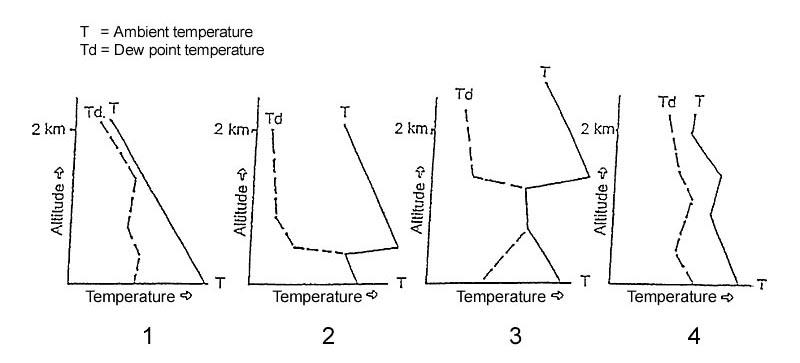 Automation should be used as an aid to the pilot and not as an end in itself.
Automation should be used as an aid to the pilot and not as an end in itself. The most significant item of technical equipment introduced in the 1980s and ?
Question 102-26 : Gpws ssr tcas dme
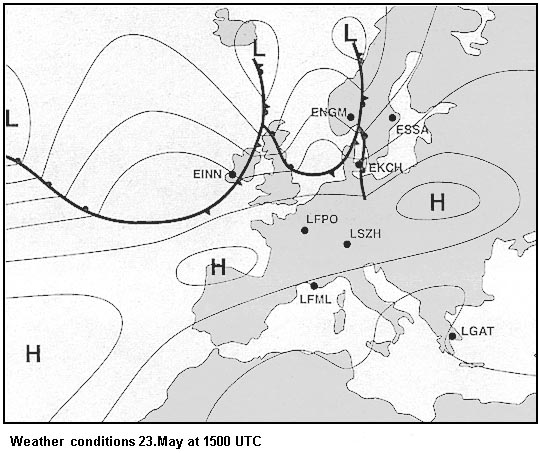 Gpws.
Gpws. Which of the following list are factors necessary for the promotion of good ?
Question 102-27 : 1 2 3 1 2 3 4 5 3 5 1 4
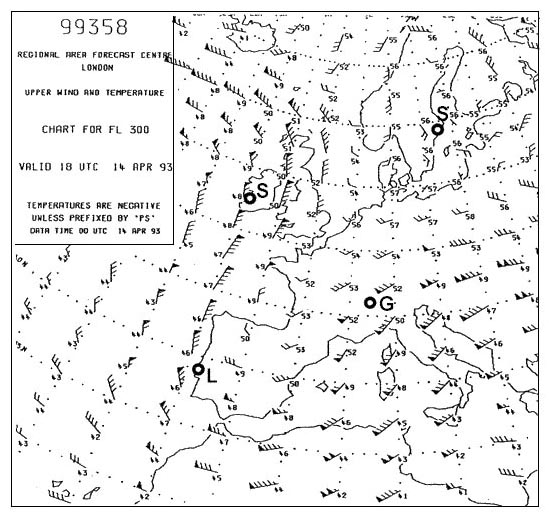 1, 2, 3.
1, 2, 3. In an organisation where good safety culture is predominant the accountability ?
Question 102-28 : Management board person individual shareholder
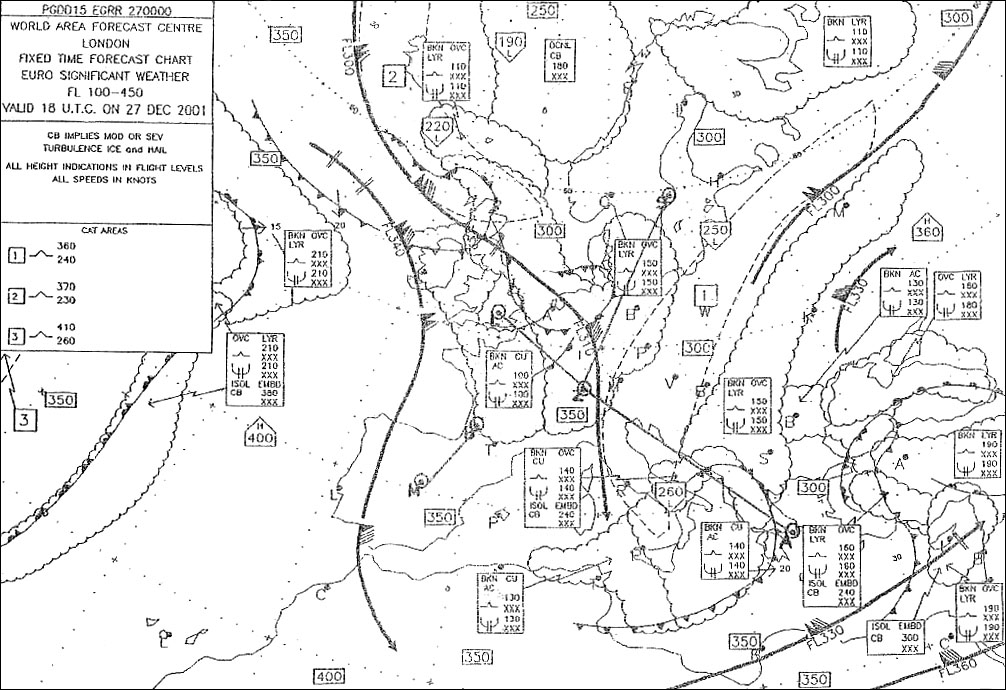 Management.
Management. Civil aviation is generally recognized for being ?
Question 102-29 : An open culture activity a closed culture activity both an open and closed culture a culture neither open nor closed
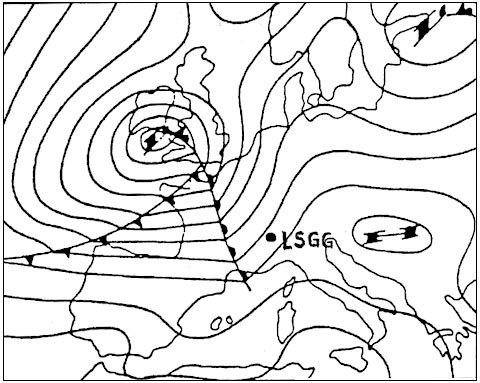 An open culture activity.
An open culture activity. Fill in the missing words in the following statements .safety culture is of ?
Question 102-30 : A sub set not a sub set independent not a product
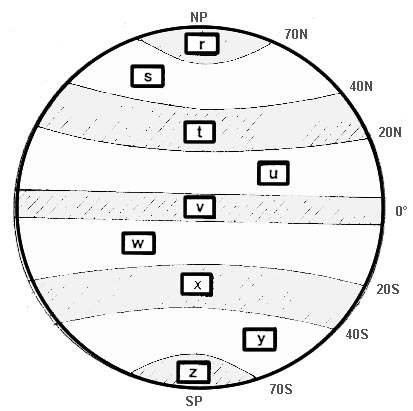 A sub-set.
A sub-set. Without visual reference what illusion could the pilot get when he is stopping ?
Question 102-31 : Spinning into the opposite direction climbing and turning into the original direction of the spin spinning into the same direction straight and level flight
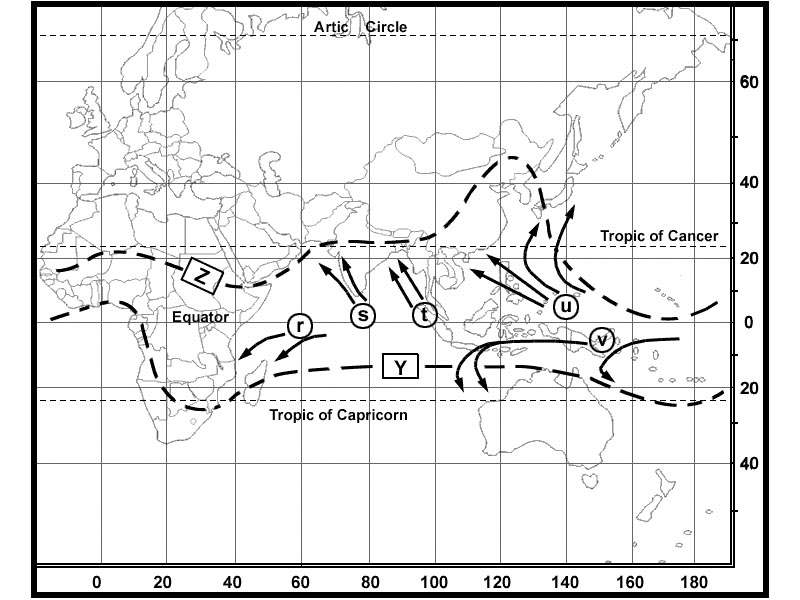 Spinning into the opposite direction.
Spinning into the opposite direction. A pilot accelerating or decelerating in level flight may get ?
Question 102-32 : The illusion of climbing or descending the feeling of rotation the illusion to turn the impression of stationary objects moving to the right or left
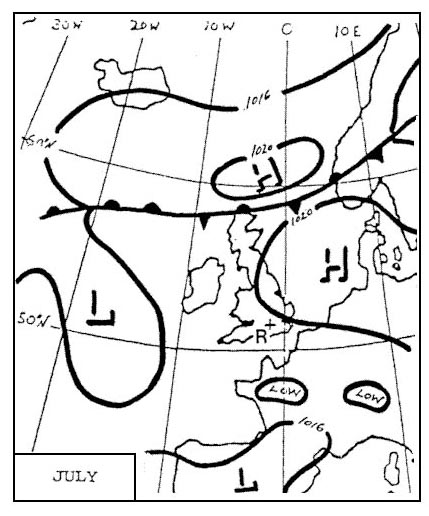 The illusion of climbing or descending.
The illusion of climbing or descending. Which of the following symptoms may a pilot experience when subjected to ?
Question 102-33 : 1 2 and 3 are correct 4 and 5 only are correct 1 2 3 and 4 are correct only 5 is incorrect
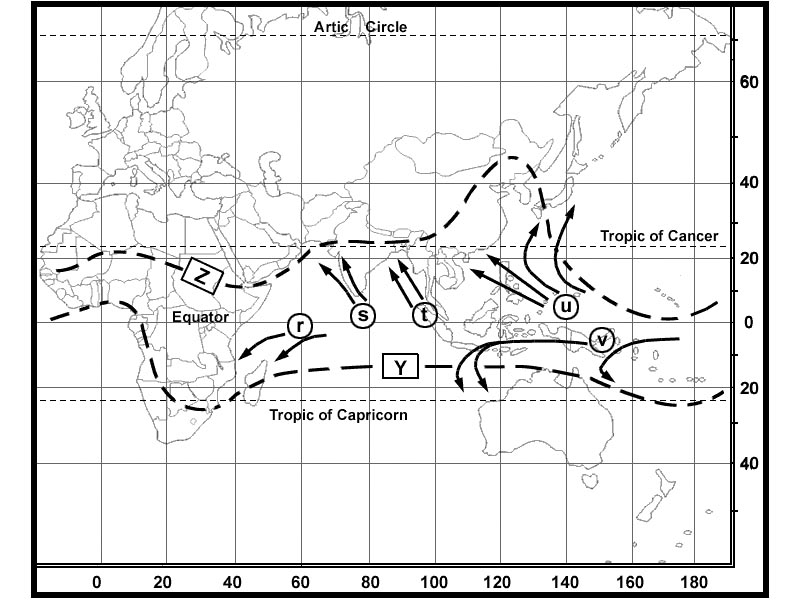 1, 2 and 3 are correct.
1, 2 and 3 are correct. The consumption of medicines or other substances may have consequences on ?
Question 102-34 : 1 2 3 4 1 2 1 2 3 1 3 4
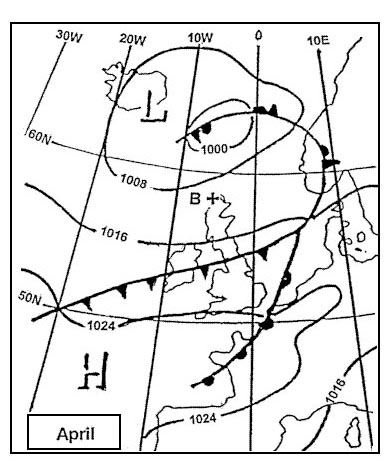 1, 2, 3, 4.
1, 2, 3, 4. Vitamin a and possibly vitamins b and c are chemical factors and essential to ?
Question 102-35 : 1 and 3 are correct 2 and 4 are false 1 2 3 and 4 are correct only 4 is false 1 and 3 are false 2 and 4 are correct
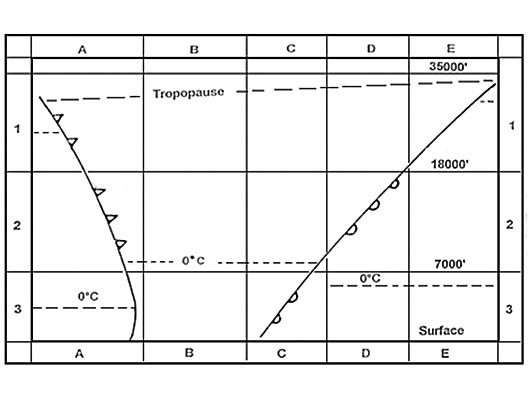 1 and 3 are correct, 2 and 4 are false.
1 and 3 are correct, 2 and 4 are false. Breathing 100% oxygen at 40000 ft is equivalent to breathing ambient air at ?
Question 102-36 : 10 000 ft 8 000 ft 14 000 ft 18 000 ft
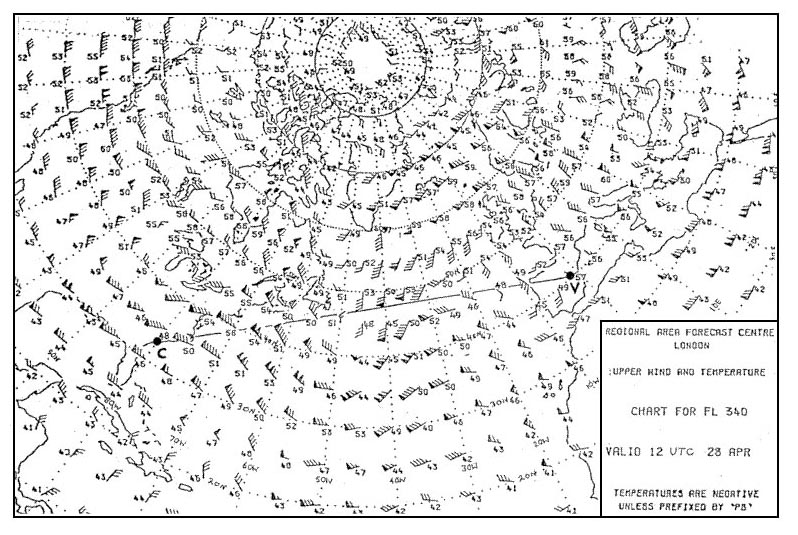 10 000 ft.
10 000 ft. At what altitude breathing 100% oxygen without pressure could symptoms of ?
Question 102-37 : Approximately 38 40 000 ft approximately 10 12 000 ft 22 000 ft approximately 35 000 ft
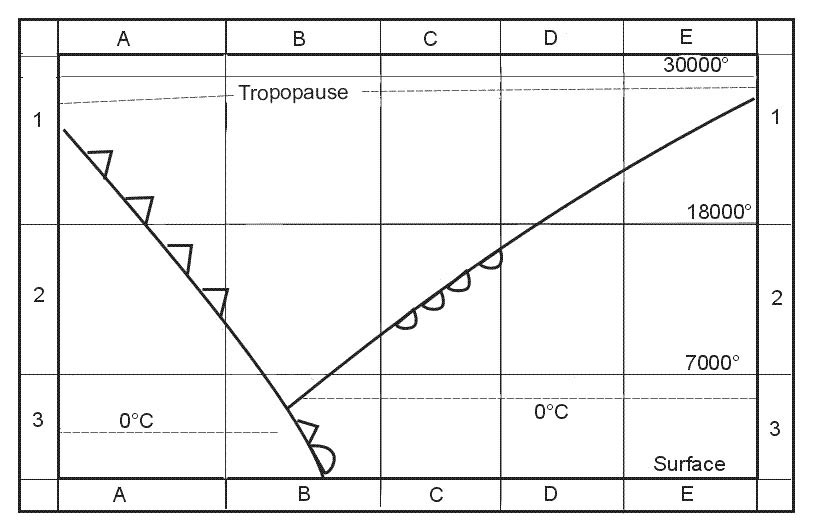 Approximately 38 - 40 000 ft.
Approximately 38 - 40 000 ft. You can survive at any altitude provided that ?
Question 102-38 : Enough oxygen pressure and heat is available 21% oxygen is available in the air you breath in pressure respiration is guaranteed for that altitude the temperature in the cabin does not drop below 10°c
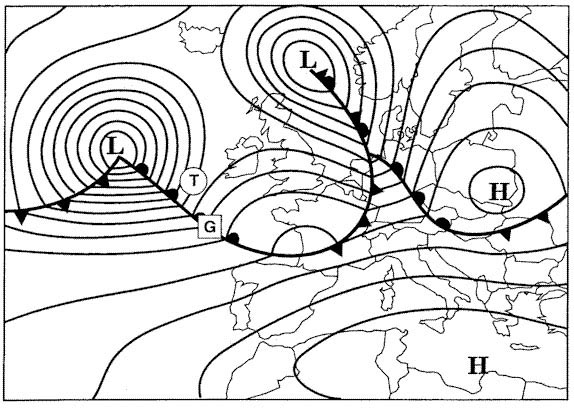 Enough oxygen, pressure and heat is available.
Enough oxygen, pressure and heat is available. The volume percentage of oxygen in the atmosphere is 21% which ?
Question 102-39 : Is constant at all altitudes for conventional aircraft decreases with increasing altitude increases with increasing altitude is dependent on the present air pressure
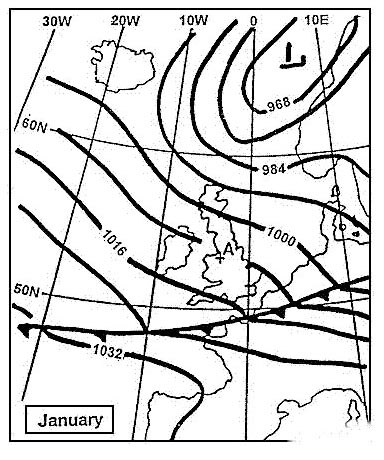 Is constant at all altitudes for conventional aircraft.
Is constant at all altitudes for conventional aircraft. The percentage of oxygen in the air at an altitude of approximately 34 000 ft is ?
Question 102-40 : 21% 5% 10 5% 42%
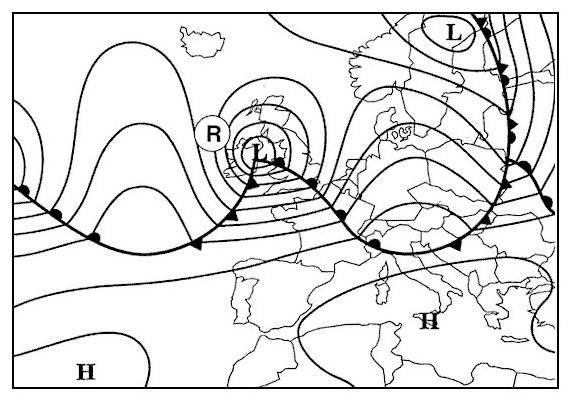 21%.
21%. ~
Exclusive rights reserved. Reproduction prohibited under penalty of prosecution.
4039 Free Training Exam
